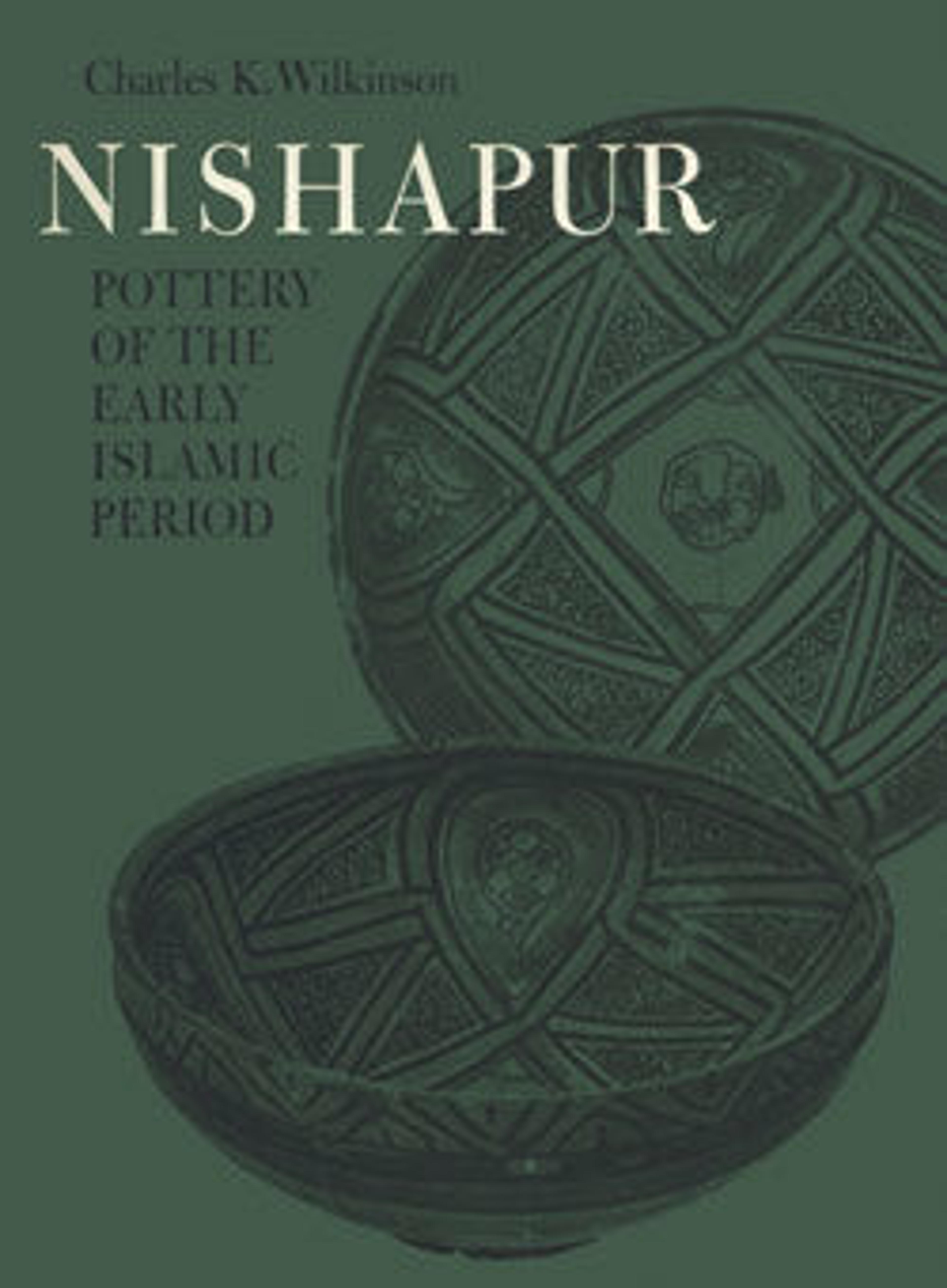Ewer
This earthenware pitcher was excavated from Nishapur in eastern Iran along with several other unglazed vessels (including 36.20.7 and 36.20.8). It provides a good example of one technique used at the site to create vessels with complex shapes. Like the other unglazed pieces found alongside it, this piece was made in several parts. Its bulbous body is composed of casts from two hemispherical molds that had been stamped with impressions. These impressions created the raised repeat patterns that decorate this part of the surface. The two hemispherical parts were then joined with a binding medium of wet clay. This join is still clearly visible in the band of smoothed clay that runs across the center of the body. After these two pieces were connected, the undecorated neck and handle were thrown on the potter’s wheel and attached to the molded body.
Artwork Details
- Title: Ewer
- Date: 12th–13th century
- Geography: Excavated in Iran, Nishapur
- Medium: Earthenware; molded decoration, unglazed
- Dimensions: H. 11 in. (27.9 cm)
Diam. 5 3/4 in. (14.6 cm) - Classification: Ceramics
- Credit Line: Rogers Fund, 1936
- Object Number: 36.20.25
- Curatorial Department: Islamic Art
More Artwork
Research Resources
The Met provides unparalleled resources for research and welcomes an international community of students and scholars. The Met's Open Access API is where creators and researchers can connect to the The Met collection. Open Access data and public domain images are available for unrestricted commercial and noncommercial use without permission or fee.
To request images under copyright and other restrictions, please use this Image Request form.
Feedback
We continue to research and examine historical and cultural context for objects in The Met collection. If you have comments or questions about this object record, please complete and submit this form. The Museum looks forward to receiving your comments.
